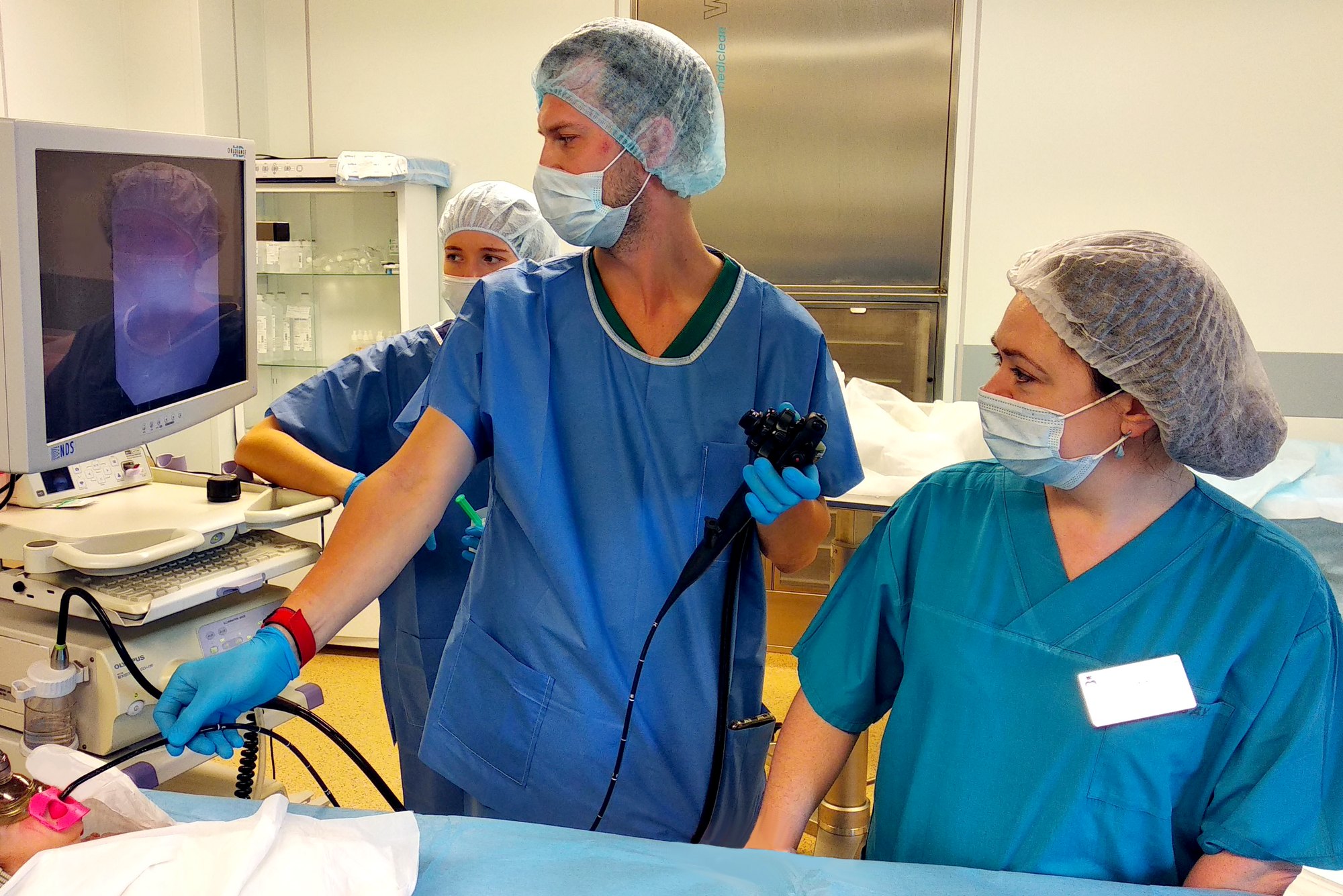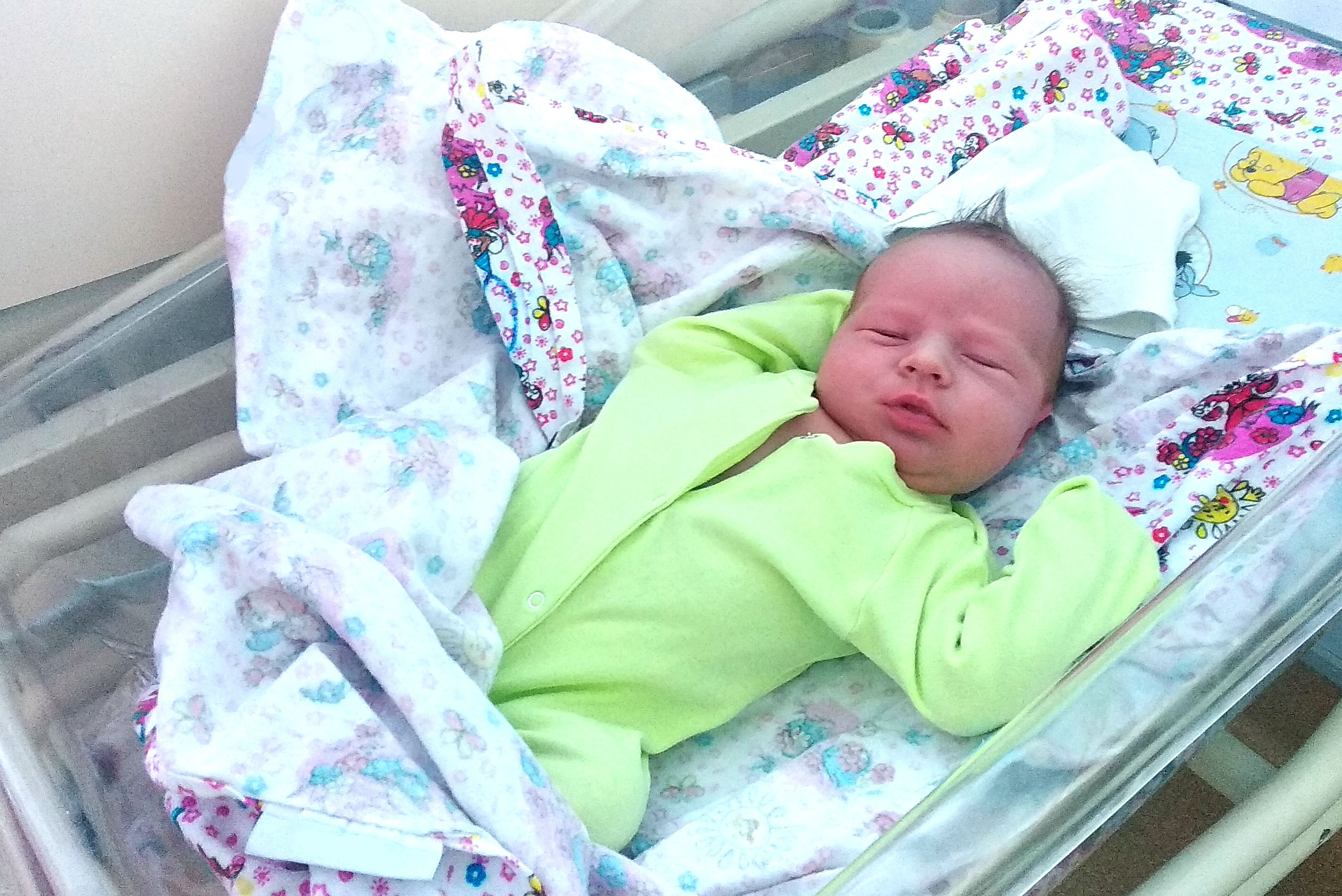
Esophageal atresia is a severe birth defect in which the upper and lower segments of the esophagus are separated and either end in a blind pouch or connect to the trachea. A newborn with this anomaly was recently born in the Karelian city of Kostomuksha.
“I didn’t suspect that something was wrong with the baby during my pregnancy. Ultrasound did not show any anomalies. When the baby was born, he had an Apgar score of 7–8 and turned blue at the first feeding. Then the doctors made a preliminary diagnosis, which was confirmed later,” recalls the mother of a small patient.
The baby was transferred from the city maternity hospital to the Republican Perinatal Centre. He had trouble breathing along the way, as saliva entered the lungs for several hours. Having assessed the complexity of the case, Karelian doctors asked for help from Almazov Centre. Due to the severity of the condition, the neonate could not be transported immediately. Doctors had to wait until his condition was stable. All this time the baby received parenteral nutrition.
When the baby was brought to St. Petersburg, the doctors confirmed the diagnosis and recognized the need for urgent thoracoscopic surgery (minimally invasive video-assisted surgery) to repair the esophageal defect. A video camera and two instruments were inserted through three ports, the surgeons isolated the lower segment of the esophagus, its fistula was cut off from the trachea, the defect was sutured, then the upper segment was isolated and, after apposing it with the lower one, anastomosis was done by absorbable suture.
Esophageal atresia repair can only be performed by the most qualified surgeon. Thoracoscopic surgery can be done by a surgeon highly skilled in endoscopic techniques given that the baby’s chest is very small.
“Usually, esophageal atresia is diagnosed even prenatally, but the diagnosis of fistulous forms (when there is a connection between the esophagus segment and the trachea) is more challenging and more often it can be detected already in the delivery room. This case was with fistula – the most common form (90% of all atresia cases),” comments operating surgeon Prof. Vladimir Bairov, Head of the Department of Surgical Diseases.
As a rule, in-utero diagnosis is an indication for delivery in a specialized perinatal centre with a dedicated surgical unit to treat babies with various conditions. In such cases, adequate and timely medical care is provided making it possible to avoid life-threatening complications in a newborn. The doctors at Almazov Centre are ready to manage delivery in women with such suspected malformations.
The Perinatal Centre of Almazov Centre performs minimally invasive surgeries in babies with various diagnoses on a regular basis. Approximately 160 of the 600 surgical procedures are performed using minimally invasive techniques. However, according to doctors, there may be even more, as the need is constantly growing.

Three weeks after the surgery the baby was moved to oral feeding, he remained well and was discharged home with his mom.
